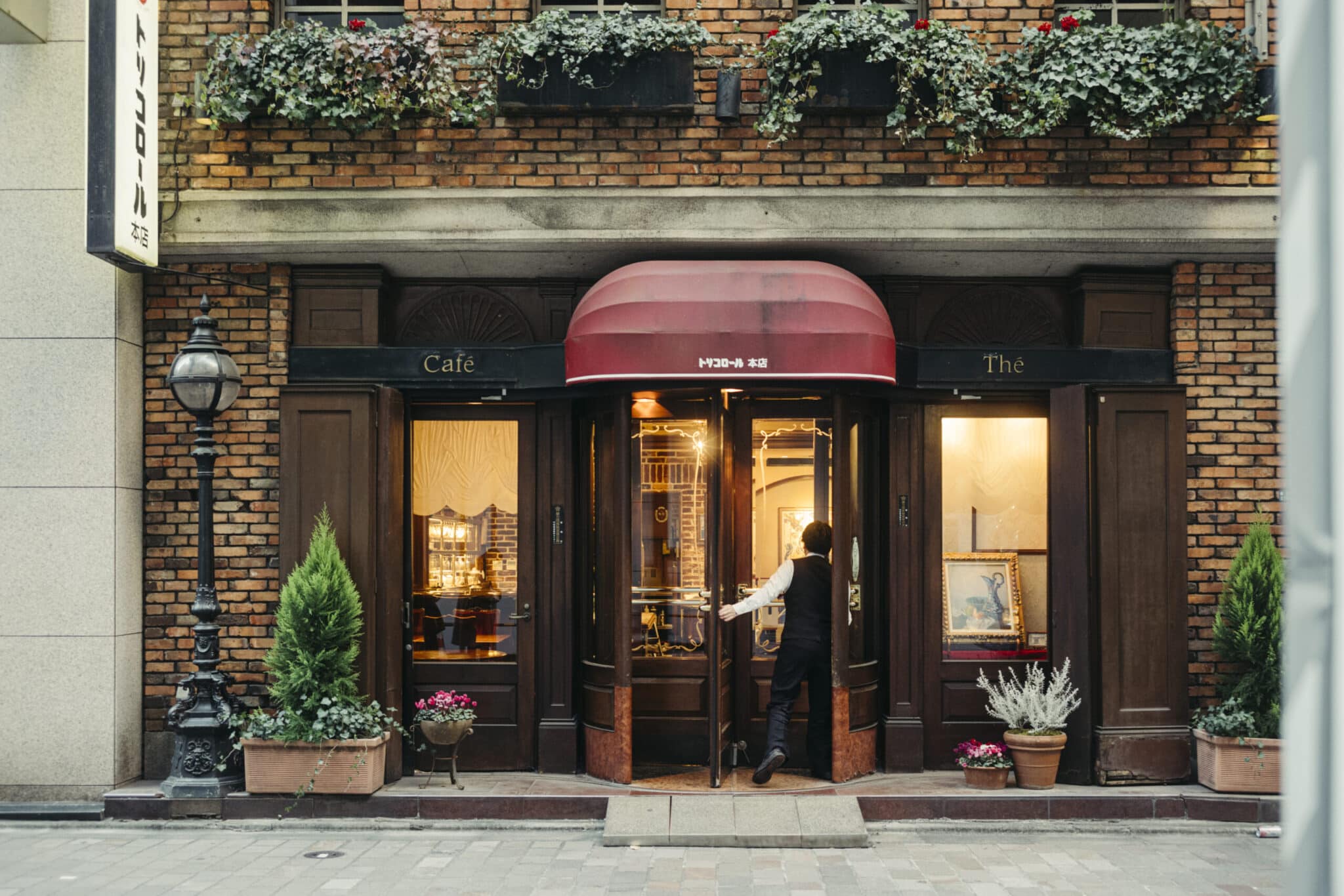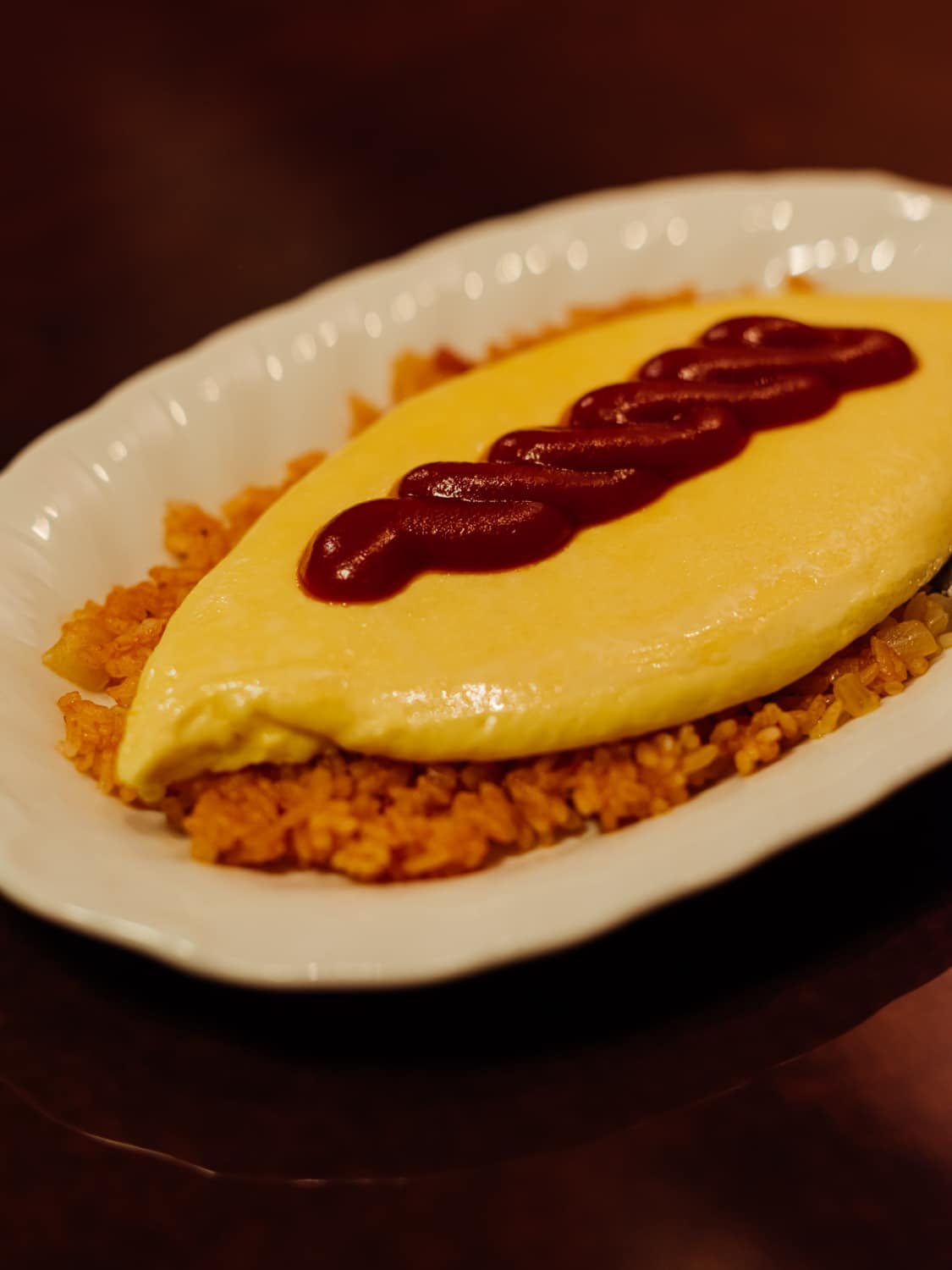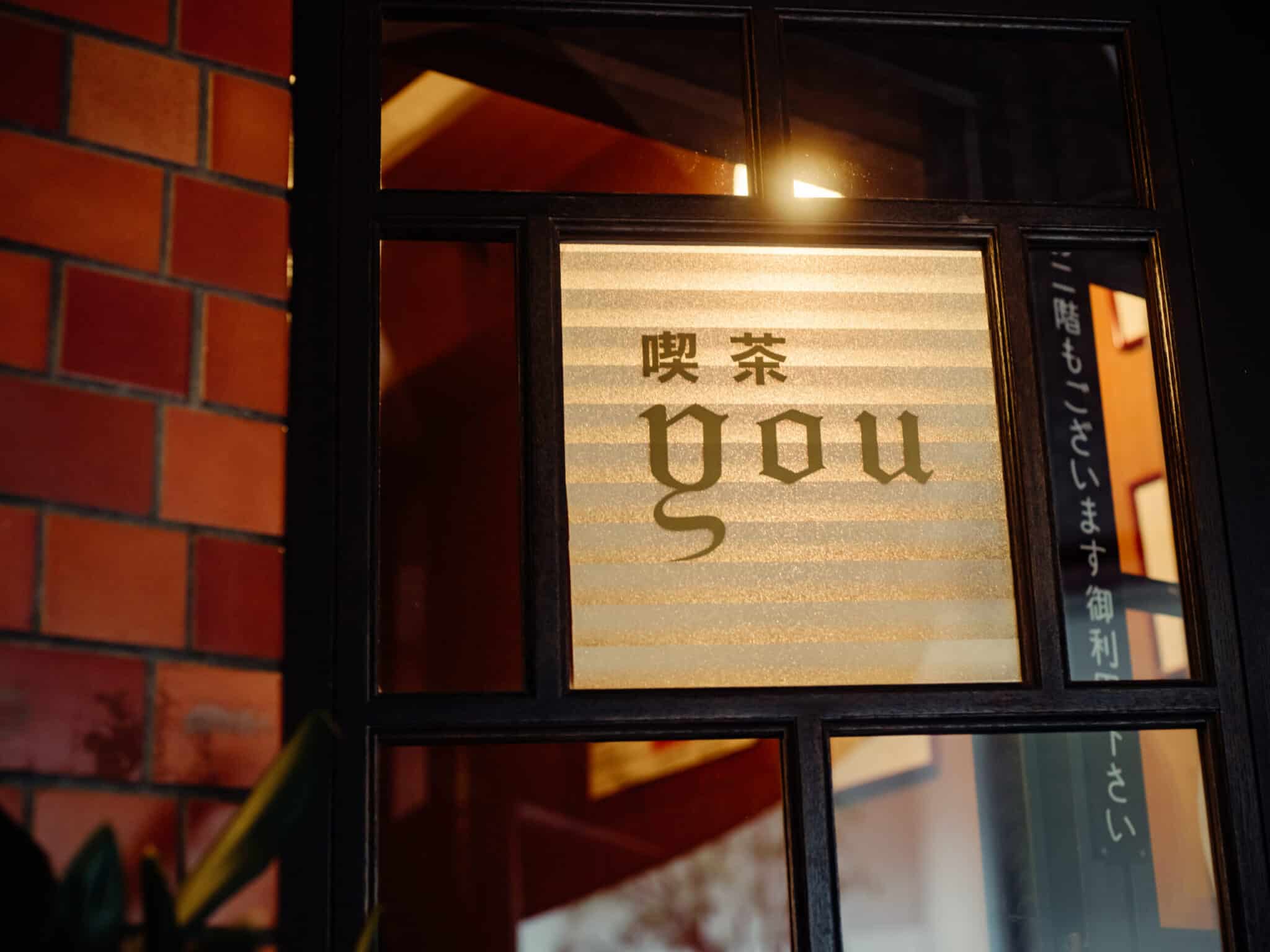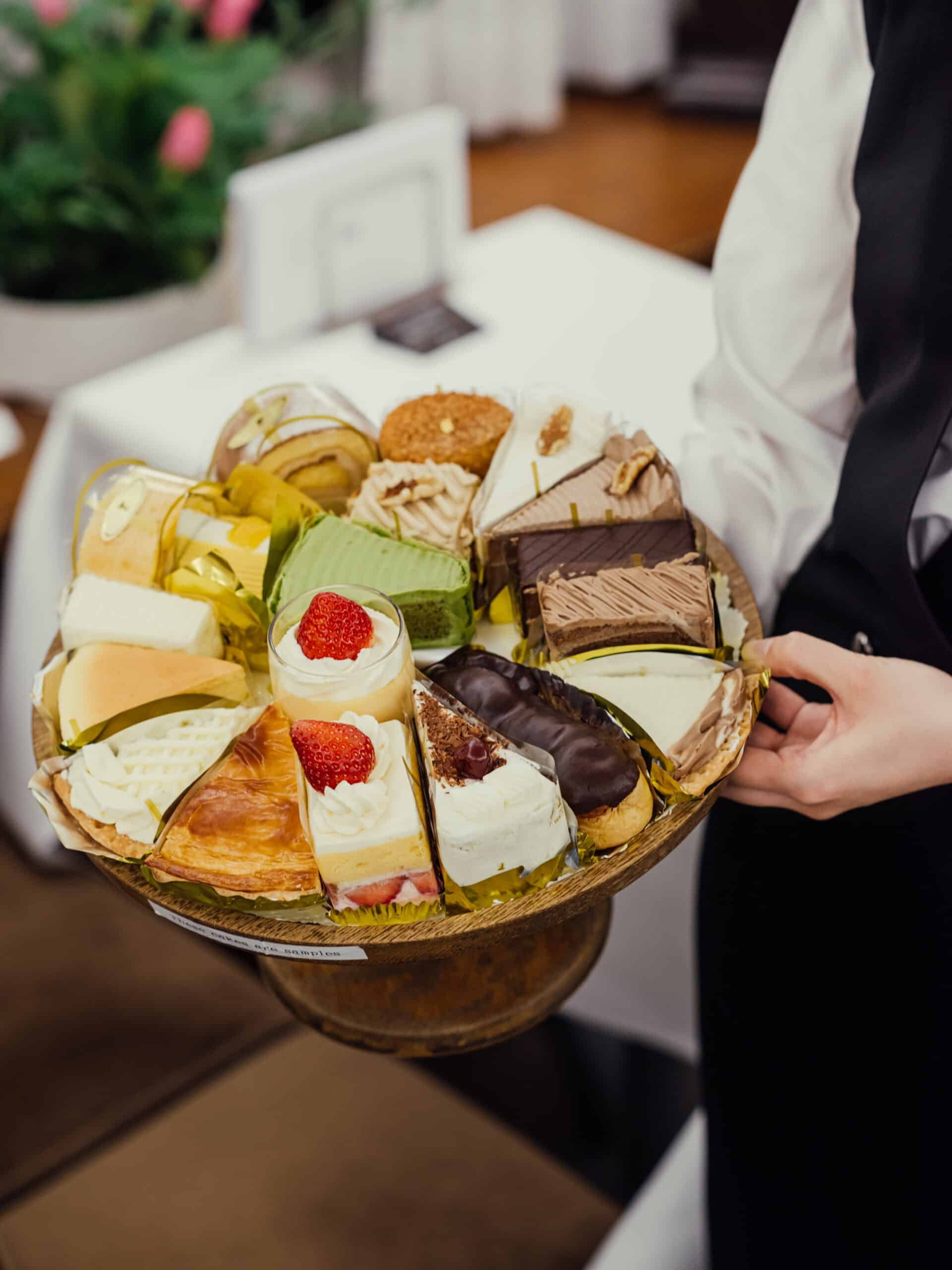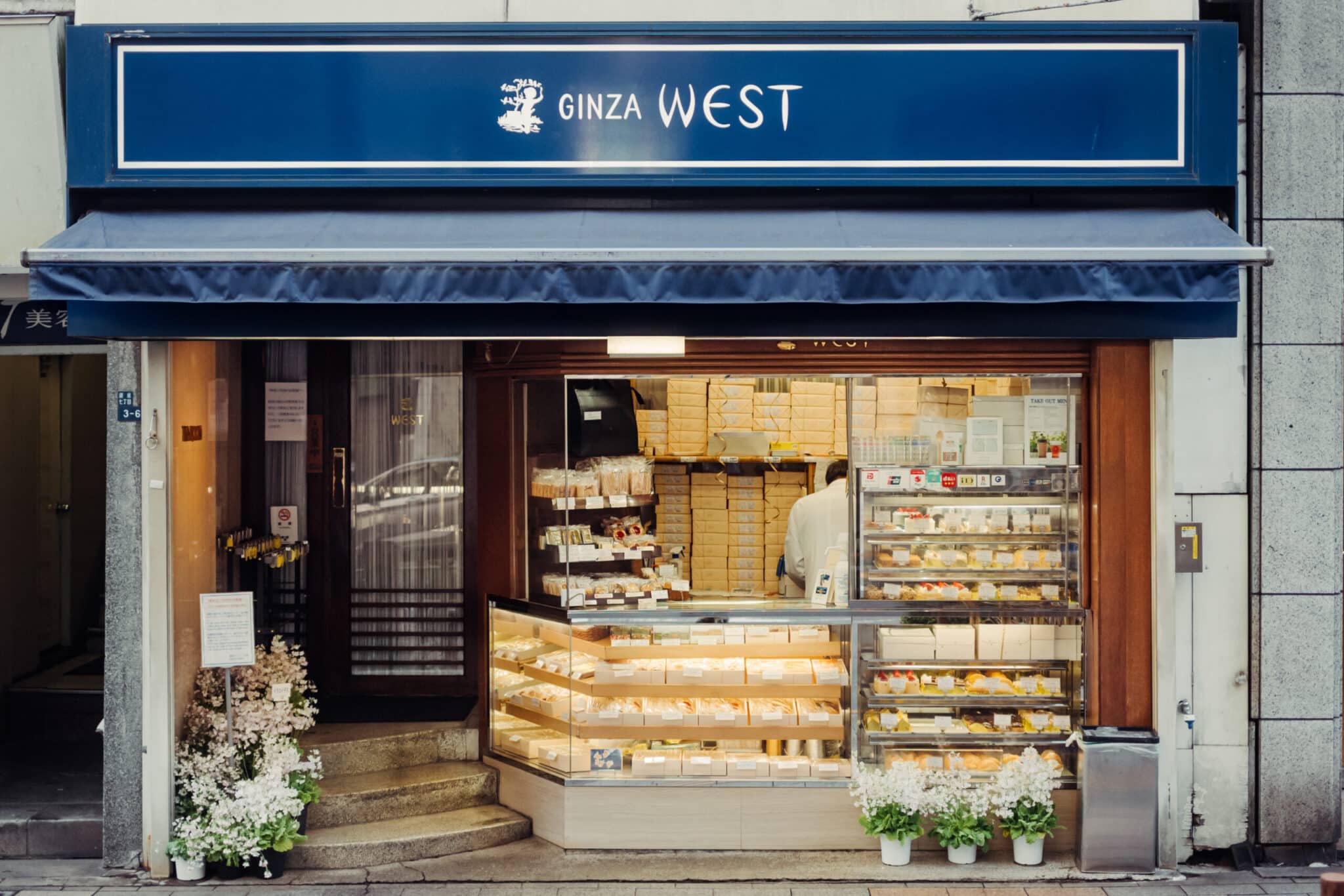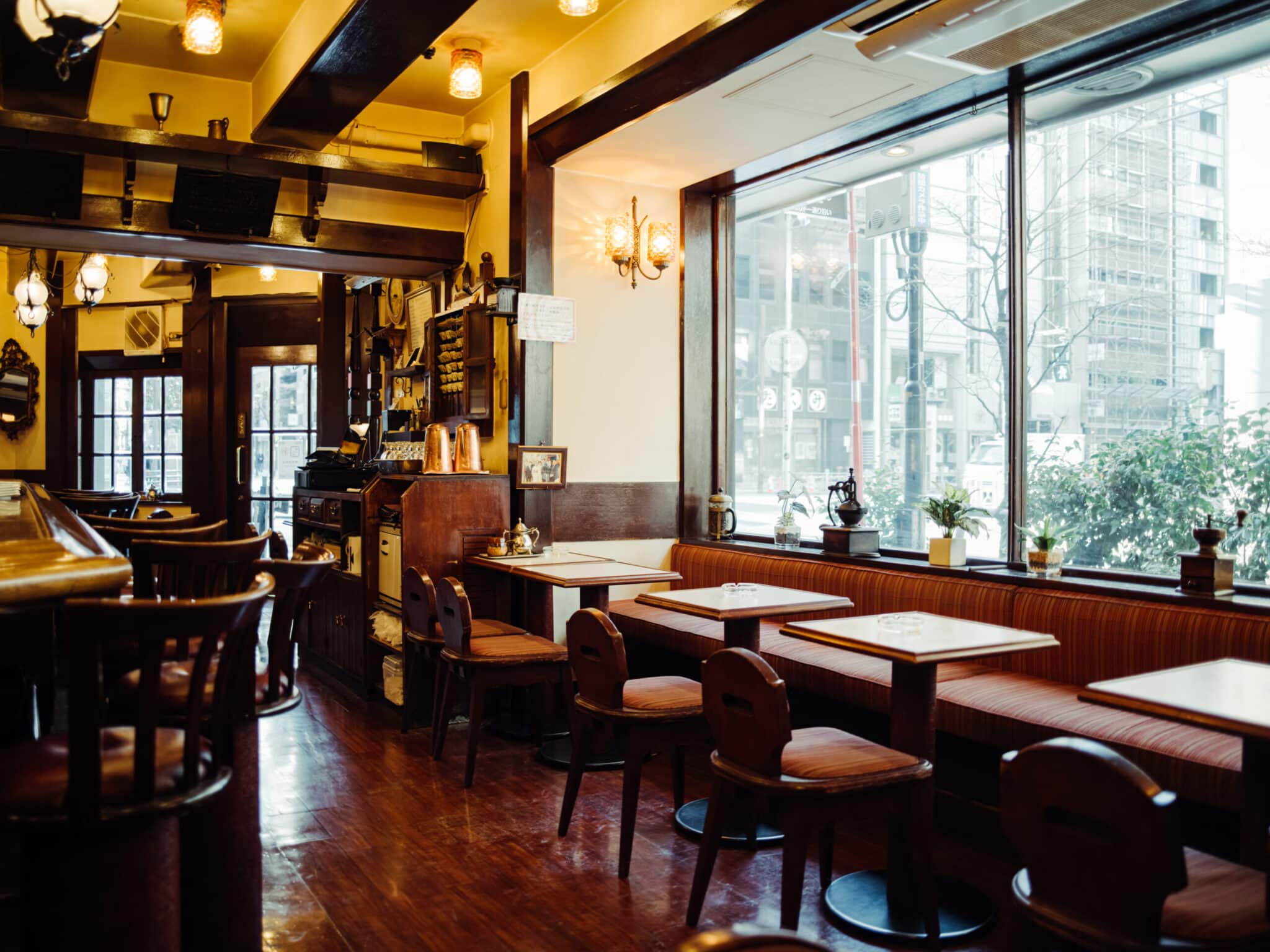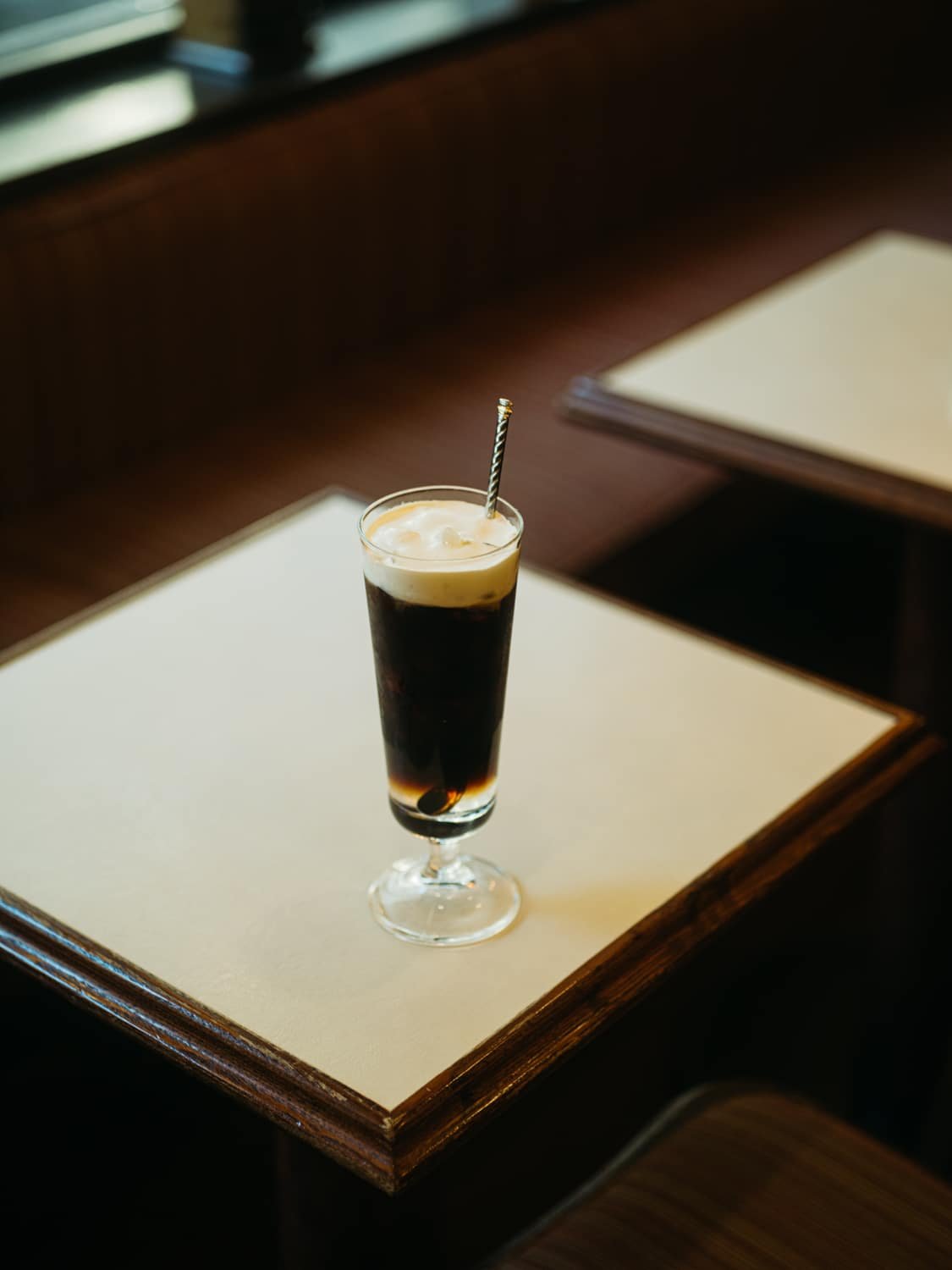CATEGORY
AREA
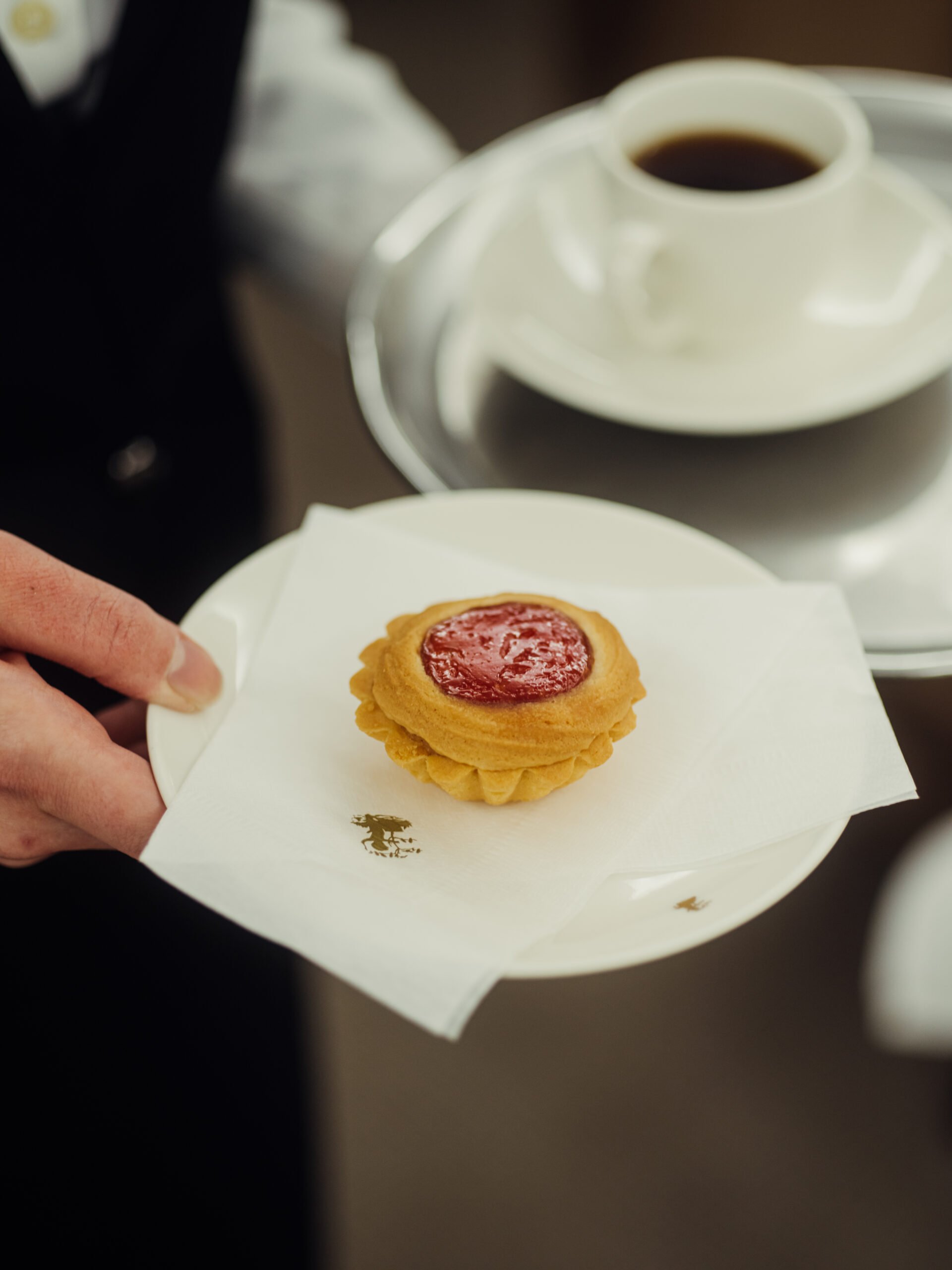
2025.05.08
Japan has a unique cultural institution known as "kissaten," a traditional Japanese-style coffeehouse. Unlike bustling social hubs, kissaten emerged as tranquil sanctuaries where people could savor coffee in quiet solitude. These establishments remain cherished today, offering nostalgic interiors and meticulously hand-brewed coffee that embody the distinctive Japanese attention to detail in hospitality. Particularly in Ginza, you find such coffeehouses that create an atmosphere of subtle luxury. Rina Namba, the second-generation director of the Tokyo Kissaten Research Institute, guides us through their allure.
Ginza attracts discerning individuals with its century-old department stores, luxury brand boutiques, and Michelin-starred restaurants. As a neighborhood that consistently remains at the cutting edge, countless trends and innovations have emerged and evolved from this sophisticated district. However, stepping away from the main avenues into the narrow side streets reveals a fascinating diversity of people: camera-wielding tourists, casually dressed locals who have clearly been part of the neighborhood for years, elegantly attired ladies skillfully navigating their shopping excursions, and working professionals who sustain this vibrant area. Discovering these authentic aspects of daily life alongside the polished façade makes Ginza all the more endearing. The brief respite at a kissaten between shopping, errands, or work offers a quintessentially Ginza experience worth exploring.
"Cafe Paulista" in Ginza, founded in 1910 and operating for 110 years, is considered Japan's oldest existing kissaten. "TRICOLORE Main Store," established 26 years later in 1936, captivates with a brick exterior reminiscent of a European street corner. Particularly distinctive is its entrance: a rare revolving door that requires each visitor to push through individually. After being rebuilt following the war, the current interior took shape during renovations in 1982.
Visitors can choose between the first floor, featuring counter seats where you can watch coffee being brewed before your eyes, or the second floor with its plush carpeting, antique furniture, and natural light streaming through skylights. (The second floor opens from 11:30 am.) The experience varies delightfully depending on your mood.
Recently, younger patrons have been drawn to the signature iced café au lait, dramatically poured from a height, and freshly baked apple pies, while international tourists stop by for pre-excursion breakfasts. Yet the establishment still maintains a loyal clientele, including regulars who have been visiting since the days when Western cuisine was served on the second floor—a testament to its enduring appeal. Their philosophy is simple: "Enjoy our delicious coffee and experience this unique atmosphere found nowhere else."
Near Yurakucho Station, "Royal" offers another visual feast. Founded in 1965 alongside the Transport Building, it has long welcomed people waiting for passport issuance from the building's Passport Center, as well as Tokyo Metropolitan Government officials. Despite being underground, dazzling ceiling lights near the entrance brighten the surroundings. Other distinctive elements include the crown-emblazoned logo, which reflects the establishment's name, display cases that compel passersby to pause and admire, and a magnificent stained glass installation—seemingly inspired by Frank Lloyd Wright's designs—greeting visitors inside.
The partition poles separating the seats have numerous small holes that were initially designed to hold light bulbs, which provided illumination for the surrounding area. With approximately 100 seats, "Royal" remains relatively accessible at any time. Its serene atmosphere, where guests typically linger for about two hours, makes it ideal for leisurely visits. Mr. Noyama, a veteran staff member and chief who has worked there for 27 years, believes that "the beauty of kissaten lies in facilitating genuine human connection." In an era when machines can brew perfectly delicious coffee, he strives daily to preserve the cultural institution of visiting kissaten. The staff prioritizes greetings and casual conversation to ensure even solo visitors feel welcome. As he proudly states, "We aim to maintain our position as the premier kissaten in this area."
"Kissa You" was previously located on Harumi Street but relocated near the Kabukiza Theater in 2010, bringing all its original interior elements to preserve the ambiance. While their Napolitan spaghetti and hayashi rice are popular, their signature dish—described by one TV announcer as "drinkable omurice" (omelet rice)—has created an endless queue of customers. The kitchen uses approximately 300 eggs daily. Though each dish is carefully prepared to order, skilled staff can remarkably complete one plate in about 30 seconds. It takes about two years of practice, often through preparing staff meals, before a cook is permitted to prepare dishes for customers. Each omurice specialist nurtures their own "personal frying pan," which, combined with the kitchen's specific gas burner heat, creates a taste impossible to replicate elsewhere.
Many visitors capture videos of the delicately wobbly creation as if it were a piece of art. However, once you experience their taste, the ephemeral texture that melts in your mouth keeps your fork moving until the plates are suddenly empty.
The exceptional service found in certain establishments feels uniquely suited to Ginza's character. “Ginza West,” a Western-style confectionery familiar to many from its department store counters, makes perfect gifts and has its main store in Ginza with additional tea rooms in Aoyama and Yokohama. These classic interiors invite guests to enjoy sweets and light fare, such as sandwiches. The Ginza location's exclusive French toast, made with Kimuraya bread, demonstrates their commitment to local connections.
One of the most distinctive features is their wooden tray service, which presents 20 different types of cakes available each day, allowing guests to choose directly from the selection in front of them. Alongside signature items, seasonal specialties featuring the finest ingredients create a delightful dilemma of choice.
They also have a surprising free refill policy for all beverages except juice. This generosity encourages guests to set aside their titles and daily worries while spending leisurely time within these walls.
Traditionally, most kissaten allowed smoking, which was closely associated with coffee culture. However, following Tokyo's 2020 legal reforms, many coffeehouses became smoke-free. While this change was welcome news for some, many loyal smoking patrons who had supported these establishments daily since the Showa era may have felt marginalized. Amid this shift, "Ginza Ranzu," founded in 1969, remains a cherished smoking-friendly establishment. As it is located on a corner intersection, its large windows offer views of passersby navigating Ginza's streets.
Their signature menu item is house-roasted iced coffee, with depth and richness that complement its sweet-tart notes, carefully calibrated to the day's temperature and humidity. Unless requested otherwise, it comes served in the distinctive Ranzu style, topped with fresh cream and their original sugar syrup. On the interior walls, you can find specialty coffee variation menus, such as Irish Coffee (from Ireland) and Dutch Coffee (from the Netherlands), offering a delightful global coffee journey without leaving your seat.
Within Ginza's elegant landscape, a diverse array of kissaten flourishes, each with its distinct personality. Whether visited during shopping breaks, for specific errands, or as destinations in their own right, engaging with these establishments and their owners deepens one's appreciation for Ginza's multifaceted charm.
Second-generation director of the Tokyo Kissaten Research Institute. Fascinated by the lingering influence of the Showa era, she came to see kissaten—cultural landmarks in their own right—as ever-changing personal sanctuaries, akin to having a different "room of one’s own" each day. She spends her time visiting kissaten and sharing their charm with others. To date, she has published 13 books on the subject of kissaten.
Instagram: https://www.instagram.com/retrokissa2017/

A triple collaboration of KIssaten(long-established Ginza coffee shops), GLOBAL WORK, and DEEPTOKYOmagazine has been realized. The items include T-shirts printed with the interior and signboards of Ginza's Kisssaten(TRICOLORE Main Store, Royal, Ginza West Main Store, Ginza Ranzu, and Kissa you), key charms with motifs of popular menu items, and other items you will want to buy as Ginza souvenirs! A limited number of original stickers and Ginza food maps are being distributed free of charge. *The offer will end while supplies last.
A Classic Ginza Kissaten Serving Pour Over Coffee Since 1936
Step inside, and you'll feel as if you've been transported away from everyday life — into a nostalgic, retro-style café.
A long-established kissaten frequented by Kabuki actors, famous for its exquisite omurice
Savoring a Luxurious Moment at a Classic Ginza Kissaten
Enjoy the Scenery of Ginza with a Cup of Coffee at a Long-Established Kissaten

